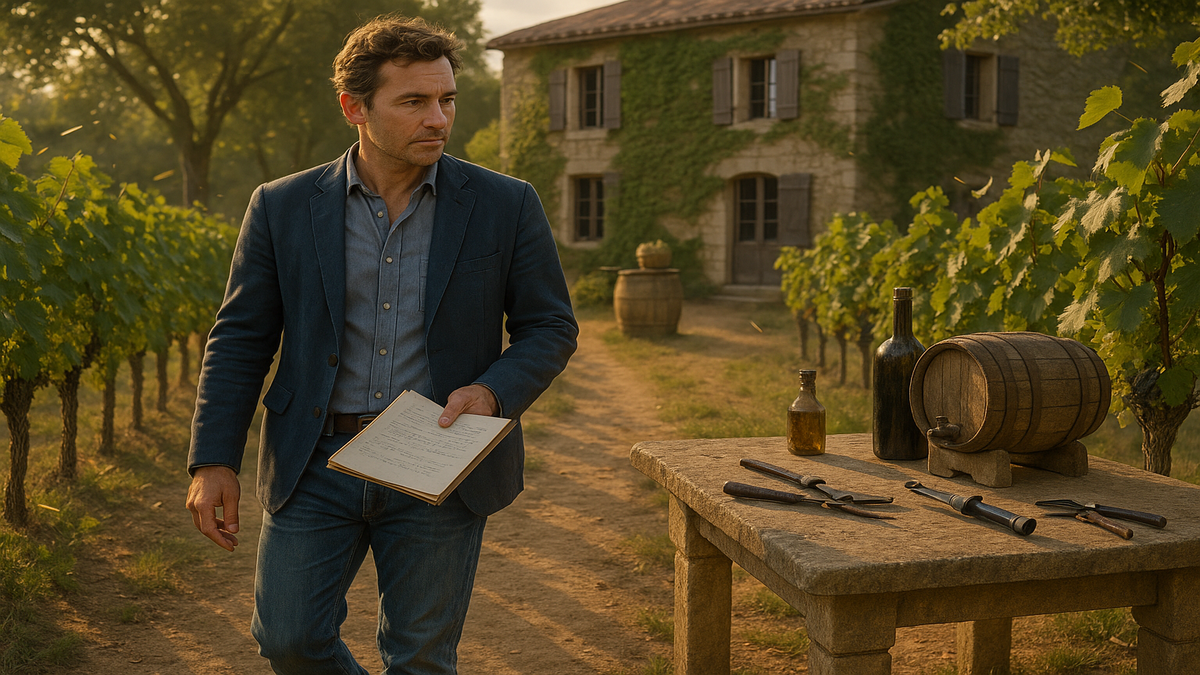His quick crossovers and clutch mid-range shots may be long gone from the NBA hardwood, but Tony Parker didn’t just walk off into the sunset. Instead, he rewrote his own playbook—one where wealth met strategy, and passion refused to take a backseat.
The fortune of a four-time champion
After an 18-season career in the NBA, highlighted by four championships and a Finals MVP title in 2007, Tony Parker stepped away in 2019 with career earnings from salaries alone totaling approximately $168 million, according to Basketball Reference.
His fortune today is estimated between $85 and $100 million. The site Finance Monthly and Essentially Sports agree on the $85 million figure, basing their estimate on NBA earnings, endorsement deals, and lucrative post-retirement investments.
During his prime years, Parker’s salary peaked at $15.4 million in the 2016–17 season. Off the court, he amassed an additional estimated $10 million via endorsement deals, notably with Nike and Tissot.
Diversifying his assets: from basketball to vines
Parker didn’t let retirement stall his momentum. In fact, he multiplied his ventures:
- ASVEL Basket (Lyon-Villeurbanne): In 2014, Parker became the majority shareholder of the French Pro A team. He now serves as Vice President of Basketball Operations, overseeing one of Europe’s most ambitious clubs.
- Wine ventures: He’s invested heavily in French wine estates, owning Château Saint Laurent in the Rhône, and holding stakes in Champagne Jeeper and Château La Mascaronne.
- Real estate: Parker resides primarily in Boerne, Texas—a quiet retreat away from the industry’s buzz, yet close to San Antonio’s roots.
“I always knew the end of my playing career would be just the beginning,” shared Parker during a conference in Lyon. “Basketball gave me a platform. Now I use it to build things that last—teams, schools, dreams.”
Serving the next generation
From athlete to developer of talent
In 2020, Parker launched the Tony Parker Adéquat Academy in Lyon. Designed to combine academics, sports training, and professional integration, the Academy prepares teenagers for more than basketball.
His continued role as a global ambassador for Make-A-Wish France also reflects a broader vision. According to data on makeawishfrance.org, Parker has appeared in more than a dozen campaign events since his retirement.
Meanwhile, Parker keeps one foot in the NBA’s orbit. He is reportedly involved in early talks around expanding NBA franchising possibilities in Europe, a subject still under strategic confidentiality.
Navigating fame with pragmatism
What’s striking is that Parker rarely courted headlines for himself after retiring. His focus has remained squarely on operations, planning, and modest but solid growth. While the name Tony Parker sells, it seems the man himself prefers to buy, build, and give back quietly.
A legacy that transcends numbers
Parker was inducted into the Basketball Hall of Fame in 2023. His jersey was retired by the Spurs in 2019, placing him firmly among the franchise legends alongside Tim Duncan and Manu Ginóbili.
| Year | Milestone |
|---|---|
| 2001 | Drafted by San Antonio Spurs (1st round, 28th pick) |
| 2003 | First NBA Championship |
| 2007 | Named NBA Finals MVP |
| 2014 | Became ASVEL Basket majority shareholder |
| 2019 | Retired from NBA |
| 2020 | Opened Tony Parker Adéquat Academy |
| 2023 | Inducted into Basketball Hall of Fame |
What are Tony Parker’s most successful business ventures?
Parker’s ownership of ASVEL Basket stands out, not only for its financial success but also for its long-term vision of European basketball development. His wine estate ventures—particularly Château Saint Laurent—are also drawing attention in the oenological world, blending French tradition with entrepreneurial branding.
How did Tony Parker’s career impact the San Antonio Spurs?
Joining the Spurs in 2001, Parker cemented himself as the orchestrator of Gregg Popovich’s system. His speed, ball handling, and court vision changed the tempo of the team, helping to deliver four titles. He remains a touchstone figure in the organization’s modern identity.
What challenges did Tony Parker face during his NBA career?
Language and cultural barriers marked his early NBA years. Initially criticized for turnovers and defensive gaps, Parker evolved thanks to Popovich’s mentorship and his own relentless adaptation. Injuries during the later stages of his career, notably a ruptured quadriceps tendon, required grueling recovery routines.
How did Tony Parker’s playing style influence European basketball?
Parker became the prototype of the fast, intelligent European point guard in the NBA. His success altered American perceptions of European players, especially those who didn’t fit the big-man mold. His legacy influenced the likes of Luka Dončić and Facundo Campazzo.
What are Tony Parker’s current investments and projects?
Besides ASVEL Basket and multiple wine labels, Parker continues to invest in youth education with his Academy. He’s also exploring tech partnerships through low-profile ventures in sports analytics, and real estate around Lyon and South Texas.



